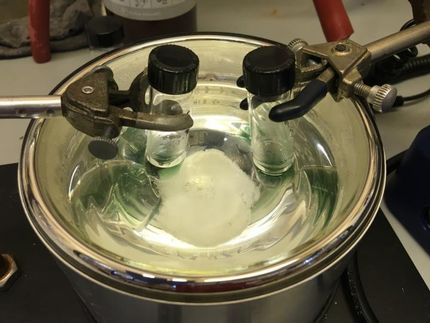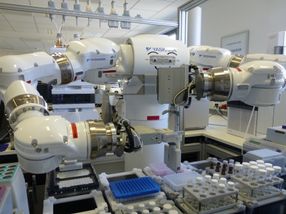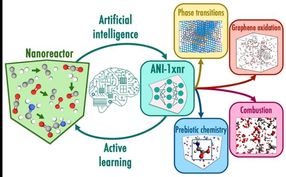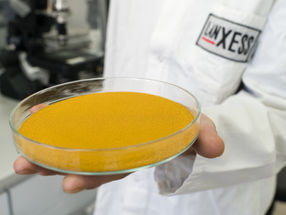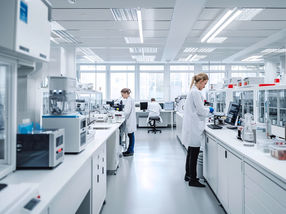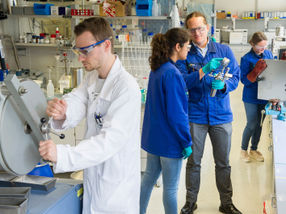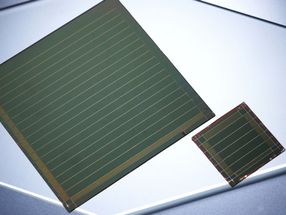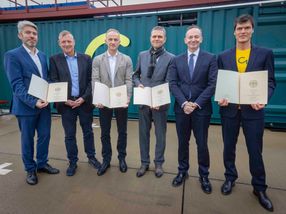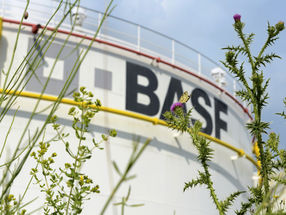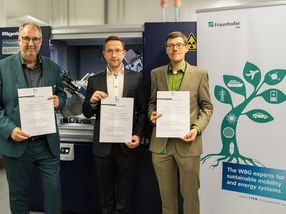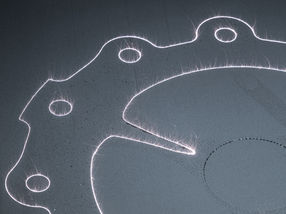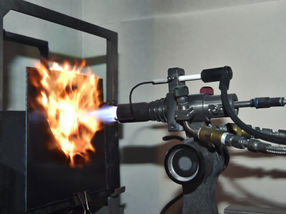Significantly more efficient copper extraction with hydrogen peroxide
The use of hydrogen peroxide can solve an old mining problem while significantly increasing the amount of copper extracted from the ore. Certain impurities such as iron sulfides (which include pyrite) have been difficult to remove until now. A new technology based on hydrogen peroxide now offers a solution. Using a small copper and gold mine in Australia as an example, Evonik developers have demonstrated that the technology works on an industrial scale and can increase the copper yield by roughly ten percent.
"Up to now, mine operators have primarily been familiar with hydrogen peroxide as a wastewater treatment agent. Now we’re showing them that this material can also make metal extraction itself notably more efficient," says Dr. Ingo Hamann, who heads Production & Engineering within the Active Oxygen Business Line. As Hamann goes on to say, "Our process adds significant value for the mine operator—and it does that with very little investment and in an environmentally friendly way."
When extracting base metals like copper, the mining industry generally uses what is known as the flotation process, in which the ore is first mixed with water and then finely ground. Adding various chemicals and aerating the mixture causes ore particles to float to the surface along with the foam generated; the particles can then be skimmed off. This process raises the copper content by ten to 15 percent over the original concentration in the ore (0.5 to 2.5 percent in the ore compared to 15 to 30 percent in the concentrate).
Hydrogen peroxide is effective when added at a specific concentration and at a specific point in the process. A very small amount of this highly effective oxidant is all that is required to increase the yield by approximately another ten percent and to reduce the problematic pyrite content in the concentrate. Critical steps in the development process were determining the appropriate process window and adapting the process to various ore compositions.
Most read news
Other news from the department research and development

Get the chemical industry in your inbox
From now on, don't miss a thing: Our newsletter for the chemical industry, analytics, lab technology and process engineering brings you up to date every Tuesday and Thursday. The latest industry news, product highlights and innovations - compact and easy to understand in your inbox. Researched by us so you don't have to.
